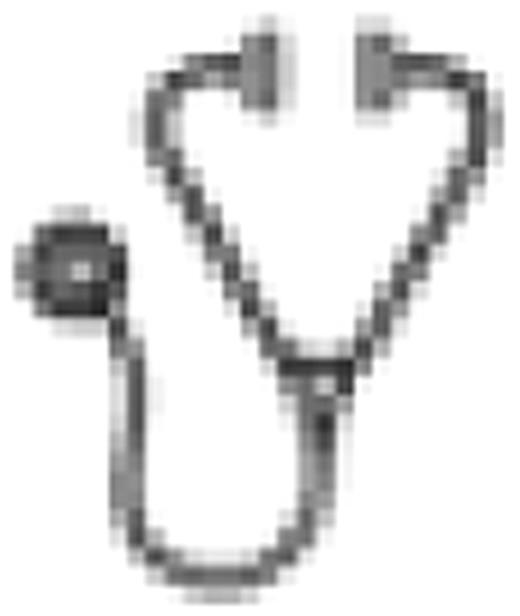Abstract
Abstract 17
Infants <1 year of age with AML are very vulnerable patients who may not tolerate intensive treatment, which is however required to achieve complete remission (CR) and long-term survival. In several pediatric AML studies, outcome of this age group is described as unfavorable. Here we report the improved outcome of 108 infants with AML (Down syndromes excluded) who were treated within the studies AML-BFM 98 and -2004 until end of 2008.
of study AML-BFM 98 (see Creutzig, J Clin Oncol 24, 2006) and AML-BFM 2004 were largely similar. AML-BFM 2004: Induction with AIE (cytarabine, idarubicin and etoposide) or ADxE (Dx=liposomal daunorubicin) - exclusively in high-risk (HR) patients supplemented by HAM (high-dose cytarabine [HD-Ara-C] and mitoxantrone) - continued by two short therapy cycles with medium and HD-Ara-C and anthracyclines, followed by intensification with HAE (HD-Ara-C and etoposide) and maintenance. Allogeneic stem cell-transplantation (SCT) in 1st CR from a family donor was restricted to HR patients. Drug dosage was generally calculated according to bodyweight instead of bodysurface in this age cohort; HD-Ara-C was dose adjusted for age (from 20% in the <3-month- to 60% in >11-month-olds).
age was 0.6 years in median (interquartile range 0.3 –0.7 years) and white blood cell count 26,000μ /L (interquartile range 8,500 – 106,250μ /L). Most infants (103/108) were HR patients according to morphology, cytogenetics, molecular genetics, and therapy response. Four of the 5 standard risk patients had favorable cytogenetics with inv(16) and t(15;17); 47/90 (52%) patients with data showed a MLL rearrangement.
in this cohort of infants were similar compared to older HR patients. Early death rate was higher by trend compared to 1–3 year old patients: 6/108 (5.6%) vs. 3/156 (1.9%), px2 0.12; non-response rates were similar: 11/108 (10.2%) vs. 14/154 (9.1%), px2 0.77. Overall survival (OS) in the total group (n=108) was 68%+5%. OS improved from study -98 to -2004 from 60%+6% (n=59) to 78%+6% (n=49), plogrank 0.07. Event-free survival (EFS) in the total group was 45%+5%; EFS results in study -98 vs. -2004 were similar: 43%+7% vs. 47%+8%, plogrank 0.98. There was no difference in OS, EFS and cumulative incidence for relapse in infants aged 1–3, 4–6, 7–9 or 10–12 months, regardless of whether presenting with or without initial CNS involvement, MLL rearrangement or other molecular-/cytogenetic features (the number of patients with favorable cytogenetic was too low). Results for HR infants (95% of the patients) were similar to those in older age groups (1-2 or 2–10 year olds, plogrank 0.75). All 8 patients receiving allogeneic (SCT) in 1st remission survived although 2 children relapsed. Five of 10 patients transplanted after initial non-/partial response and 19/30 patients transplanted after relapse are still alive. Survival after relapse (n=37) was 50±8%. The rate of grade III/IV toxicities after induction was highest in infants <1 year of age and decreased in the age groups of 1–2 and 2–3 years (general condition 52% vs. 44% vs. 30%, (px2 <1 vs. 2–3 years 0.07); infection 47% vs.49% vs. 23% (px2 <1 vs. 2–3 year olds 0.06); lung problems, e.g. artificial respirator needed 31% vs. 18% vs. 0% (px2 <1 vs. 2–3 years 0.01); whereas the treatment related death rate was in the same range as in older patients (4%).
Our data show that intensive AML treatment is feasible in infants. Toxicities can be managed, and outcome is excellent, which is partly due to salvage therapy after relapse, with a present 5-year OS rate of 78%.
*Supported by the Deutsche Krebshilfe e.V.
Off Label Use: liposomal daunorubicin is used, which is off label for pediatric AML. It was used because it offers a possibility to increase cumulative dosages of anthracyclines with lower cardiotoxicity.

This icon denotes an abstract that is clinically relevant.
Author notes
Asterisk with author names denotes non-ASH members.

